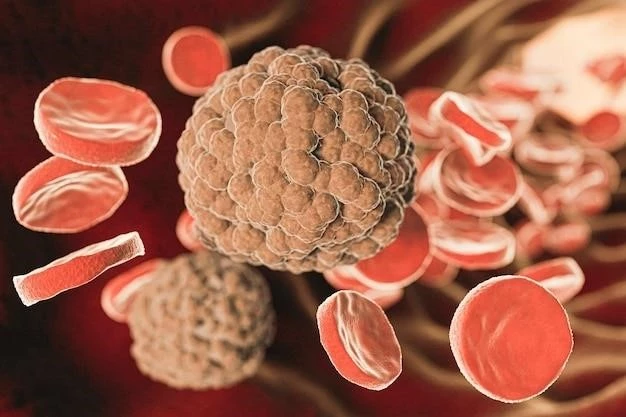Introduction to Trophoblastic Tumor
Gestational trophoblastic disease (GTD) consists of abnormal trophoblastic cell proliferation, leading to various tumors, such as hydatidiform moles and gestational trophoblastic neoplasia.
Overview of Gestational Trophoblastic Disease (GTD)
Gestational trophoblastic disease (GTD) is a spectrum of tumors originating from abnormal trophoblastic cell proliferation, encompassing both benign and malignant conditions such as hydatidiform moles, choriocarcinoma, placental site trophoblastic tumor (PSTT), and epithelioid trophoblastic tumor. This group of diseases typically occurs during or after pregnancy, with varying levels of aggressiveness and potential for metastasis.

Types of Trophoblastic Tumors
Gestational trophoblastic disease encompasses various tumors, including hydatidiform moles, choriocarcinoma, placental site trophoblastic tumors, and others.
Hydatidiform Moles and Other GTD Neoplasms
Gestational trophoblastic disease includes various tumors like hydatidiform moles, choriocarcinomas, placental site trophoblastic tumors, and epithelioid trophoblastic tumors arising from abnormal trophoblastic cell proliferation.
Epithelioid Trophoblastic Tumor (ETT)
Epithelioid Trophoblastic Tumor (ETT) is an extremely rare subtype of gestational trophoblastic neoplasia, accounting for only a small percentage of all cases of GTN. Initially described as atypical choriocarcinoma, ETT exhibits distinct clinicopathological features and is classified as a form of GTN by the World Health Organization.

Clinical Features and Diagnosis
Gestational trophoblastic tumors present with symptoms like vaginal bleeding, abdominal pain, and an enlarged uterus. Diagnosis involves imaging studies, blood tests for hCG levels, and histopathological examination of tissue samples.
Symptoms and Signs of Trophoblastic Tumors
Gestational trophoblastic tumors often manifest with symptoms such as vaginal bleeding, abdominal pain, an enlarged uterus, and elevated levels of human chorionic gonadotropin (hCG) hormone. Diagnosis includes imaging studies, blood tests, and histopathological examinations of tissue samples to confirm the presence of trophoblastic tumors.
Diagnostic Methods for Trophoblastic Tumors
Diagnosis of gestational trophoblastic tumors involves imaging techniques such as ultrasound and CT scans to visualize the uterus and detect abnormalities. Blood tests measuring hCG levels are crucial, and histopathological examination of biopsy samples confirms the presence and type of trophoblastic tumor.
Treatment and Management
Therapeutic strategies for trophoblastic tumors involve a multidisciplinary approach including surgery, chemotherapy, and sometimes radiation therapy. Close monitoring and follow-up are crucial for successful management.
Approaches to Managing Trophoblastic Tumors
Gestational trophoblastic tumors are managed through a multidisciplinary approach that includes surgery, chemotherapy, and in some cases, radiation therapy. Close monitoring and follow-up play a crucial role in the successful management of trophoblastic tumors.
Therapeutic Interventions for Trophoblastic Tumors
The management of gestational trophoblastic tumors involves a combination of surgical procedures, chemotherapy regimens tailored to the specific type of tumor, and occasionally radiation therapy. Close monitoring and follow-up are essential components of the therapeutic strategy to ensure treatment efficacy and patient well-being.
Prognosis and Outcome
Gestational trophoblastic tumors have varied outcomes depending on the tumor type and stage of diagnosis. Early detection and appropriate treatment contribute significantly to the long-term prognosis and overall survival rates of patients with trophoblastic tumors.
Outcomes of Trophoblastic Tumor Cases
The prognosis for gestational trophoblastic tumors varies based on factors such as tumor type, stage at diagnosis, and individual patient characteristics. Early detection and appropriate treatment significantly influence the outcomes and long-term survival rates for patients with trophoblastic tumors.
Long-Term Prognosis for Trophoblastic Tumor Patients
The long-term prognosis for patients with gestational trophoblastic tumors depends on various factors, including the tumor type, stage at diagnosis, treatment response, and overall patient health. Early detection, appropriate treatment, and regular follow-up monitoring significantly impact the long-term outcomes and survival rates for individuals affected by trophoblastic tumors.
